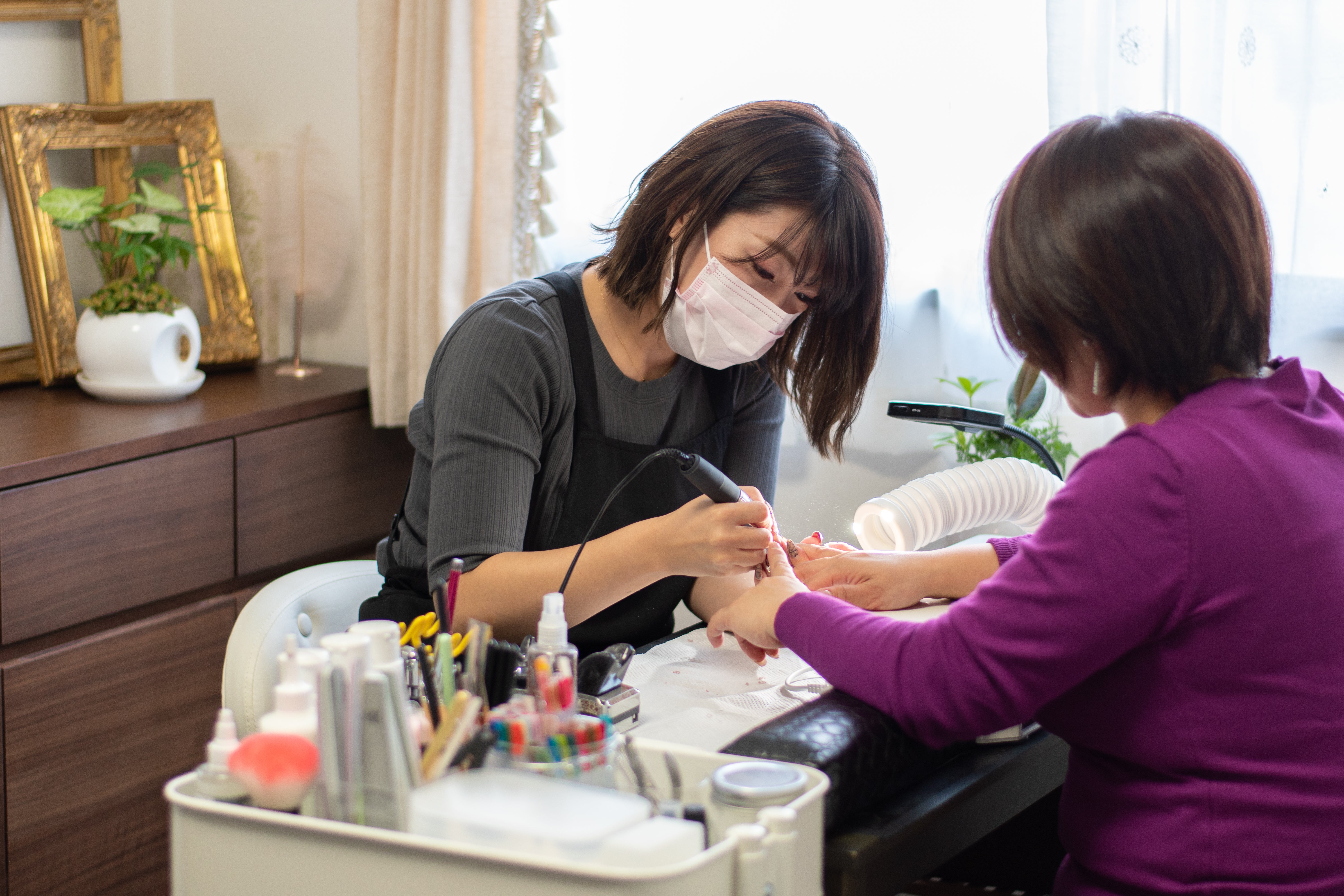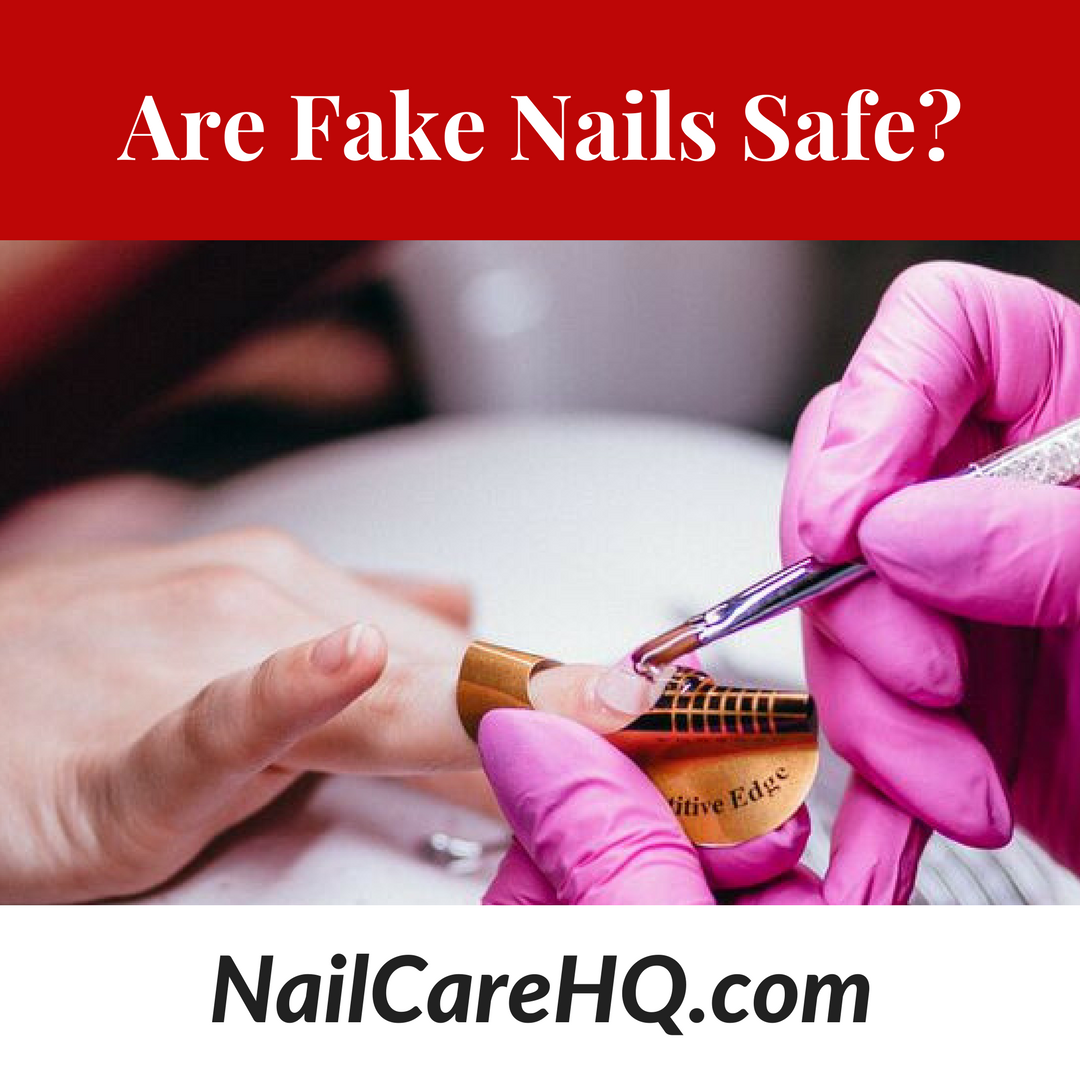Acrylic Nail Dust Hazards

1-800-424-9300 509 493-3464 Address Date 314 West Depot October 1996 Bingen Wa.
Acrylic nail dust hazards. Dust is produced from acrylic nails when the nail tech is filing them down and this can produce heavy amounts of dust surrounding the worker and the Customer which can be potentially problematic for their health. Filing nails creates dust that can be harmful to inhale. Formaldehyde can be found in nail strengtheners.
22 Do not breathe dust. ACGIH - American Conference of Governmental Industrial Hygienists. A 1986 NAILS article titled Ventilation.
Training presentation that summarizes the information on OSHAs Health Hazards in Nail Salons webpage. Health Hazards in Nail Salons Presentation. It can also actually do permanent damage to the matrix of the nail and further absorb into the body.
Acrylic nails are a combination of a liquid monomer and a powder polymer that creates a hard protective layer over your natural nailsThe acrylic will gradually grow out with your nails after nail growthOn your next visit for a redo you are required to soak your nails in acetone for 10-15 minutes in order to fully remove. Extraction fans that remove air close to the source of the chemicals. MAK - Maximum workplace concentration - Germany maximale Arbeitsplatzkonzentration IARC - International Agency for Research on Cancer France.
Only use N95s that are NIOSH-approved. The use of podiatry drills in the absence of engineering controls and personal protective equipment is an occupational hazard to the healthcare provider. Ensure that extracted air is removed.
An investigation of nail technicians exposure to potentially hazardous dust and vapours is warranted by these findings. There are three main types of nail salon hazards. This unit applies to beauty therapists and nail technicians who work in beauty and nail salons and spas.
/GettyImages-1185935446-6a540c73ce3748c58135d8527d789fb3.jpg)







